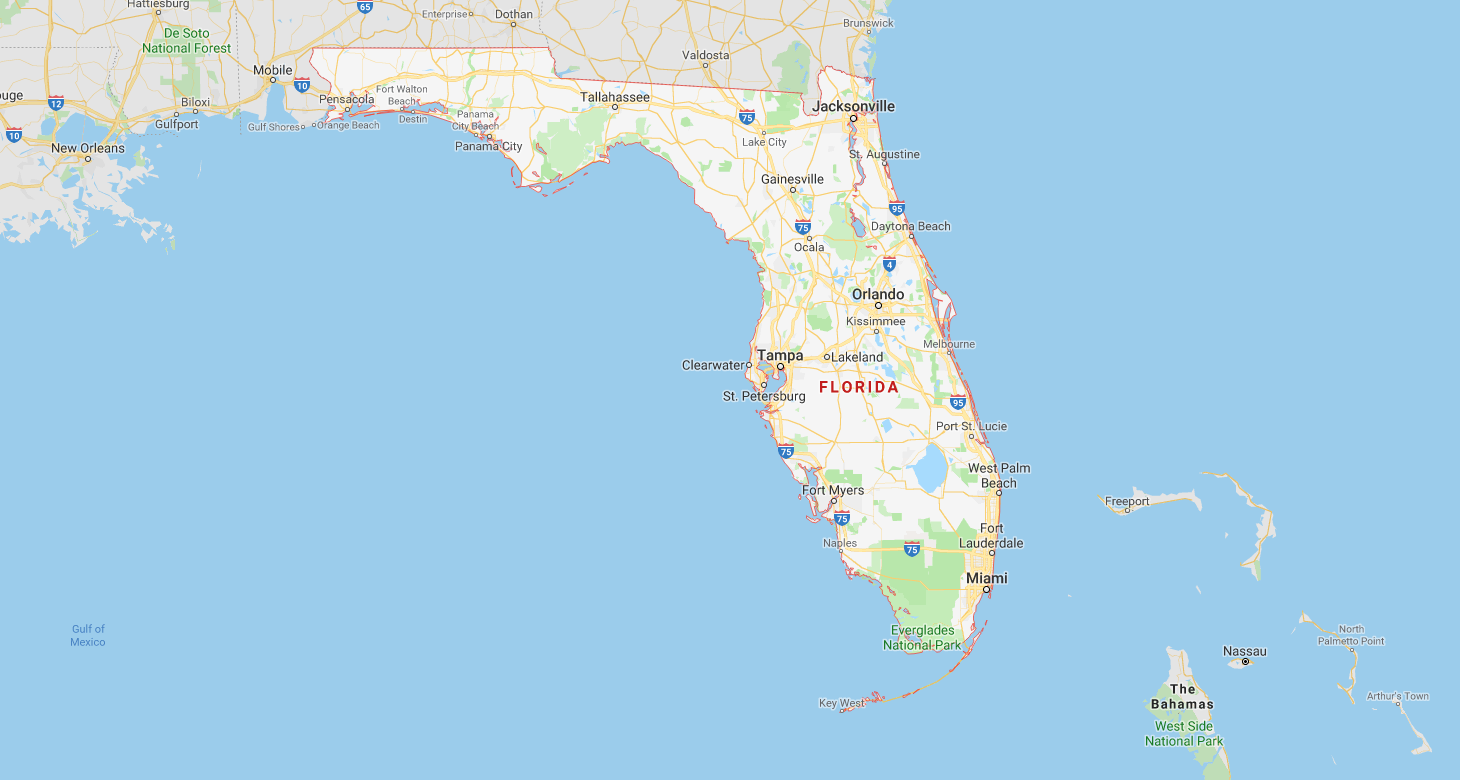
TALLAHASSEE, Fla. — If you have an innovative idea on how to manage invasive aquatic plants in Florida waters, the Florida Fish and Wildlife Conservation Commission (FWC) wants to hear from you by Jan. 7.
“The FWC is seeking new ideas for managing aquatic plants without the use of herbicides, and is setting aside $1 million to test or implement innovative concepts,” said Matt Phillips, leader for the Invasive Plant Management Section. “The agency is soliciting ideas from those in the aquatic plant management industry, scientific experts and the general public.”
Also, FWC has requested an additional $4 million from the state legislature for non-herbicide plant management.
“We have an obligation to manage invasive plants and that currently requires a multi-faceted approach using a variety of tools,” added FWC Executive Director Eric Sutton. “While we all would like to see a future where aquatic plants can be managed without herbicides, we will need innovation and discovery of new techniques to be able to achieve that goal.”
In recent years, a growing number of anglers and others have expressed concerns about the long-term impacts that herbicides are having on fisheries and water quality. In November, fishermen protested spraying on Lake Okeechobee.
Requests for ideas and additional funding are but two of the actions taken by FWC in response to those who want to diminish the use of herbicides.
Based on feedback received during the past year, others include the following:
- Expanding the creation of habitat management plans for individual lakes.
- Forming a Technical Assistance Group consisting of staff, partners and stakeholders.
- Improving timing of herbicide-based invasive aquatic plant management efforts.
- Increasing the use of mechanical harvesting to manage aquatic plants.
- Exploring new methods and technologies to oversee invasive plant herbicide application contractors.
- Developing pilot projects to explore better integrated plant management tools.
- Improving agency communication regarding plant management tools and activities.
One immutable fact, though, is that non-native aquatic plants such as hydrilla and water hyacinth must be managed in Florida’s lakes and rivers because of their aggressive growth rates in the mild climate.
“The FWC has a statutory responsibility to manage invasive plants in Florida’s public waters,” the agency explained.
“If unmanaged, invasive plants can outcompete and kill native species and create threats to human health and safety by blocking navigation and interfering with flood control. Successful plant management benefits fish and wildlife populations by maintaining diverse plant communities that provide essential habitat and food for both fish and wildlife.”
For example, one hydrilla plant can experience 191 inches of radial growth daily. Left untreated, the fast-growing rooted plant forms impenetrable mats. It also creates surface canopies that block sunlight penetration. As a result, plants below die and decay, smothering beneficial hard bottom with nutrient-rich muck.
“We’re only treating plants that are economic sinks for us, that are causing harm,” Phillips said. “That’s why we have to control them. It costs us millions of dollars a year to manage invasive plants so that anglers and hunters can continue to use these waters.”
He added that Florida’s freshwater fisheries have “a wide and diverse group of stakeholders,” and he emphasized that FWC “seeks input from these stakeholders to help inform our management decisions.
“In turn, we strive to provide a balanced plan that addresses stakeholder wants and desires on a resource-by-resource basis.”
The following links provide more detailed information about aquatic plant management statewide, as well as a means to check out plans for individual fisheries and submit ideas for controlling invasive plants without herbicides.
Links
Submit ideas
What’s happening on my lake?
Overview of Florida’s aquatic plant management program





